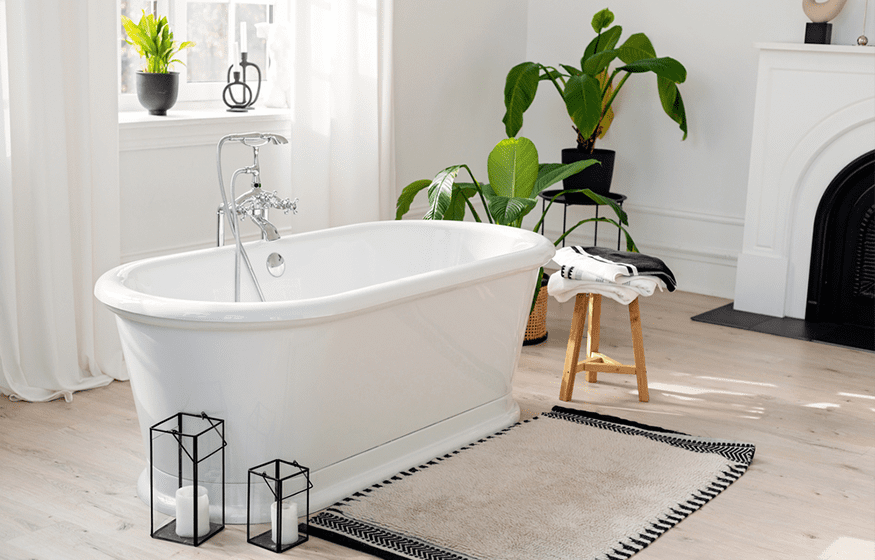Deciding to install a bathtub faucet on your own can be both an exciting challenge and a cost-effective choice. As homeowners become more hands-on with their property’s upkeep, understanding the fundamentals of faucet installations, as well as when faucet repair and replacement might be required, is crucial. While the process might seem intricate at first…
READ MORE PLUMBING ARTICLES
By Made’s Plumbing
Ensuring Safe Water in Arlington, TX With Service Line Inspections
Headline stories like what happened in Flint, Michigan several years back have been a reminder…
Plumbing Myths in Arlington, TX: What Property Owners Should Know
Since the time we’re kids we hear all kids of plumbing myths. From the ridiculous,…
What to Do in a Plumbing Emergency: Tips for Arlington Residents
Experiencing a plumbing emergency in your Arlington, TX home is way more stressful than regularly…
Drop Us a Line!









